
What You Need To Know About Tequila Alcohol Percentage
What You Need To Know About Tequila Alcohol Percentage
Tequila is one of the most popular and beloved spirits in the world, known for its unique characteristics and cultural heritage. However, when it comes to understanding tequila alcohol percentage, many people find themselves a bit lost. This guide aims to clear up any confusion about the strength of this famous Mexican drink and help you make informed choices whether you’re comparing rum vs tequila, tequila or vodka, or tequila or whiskey.
Understanding Tequila Alcohol Percentage
The alcohol content in tequila is a critical factor that influences its taste, strength, and how it is consumed. The tequila alcohol percentage typically ranges between 35% and 55% ABV (alcohol by volume). In the United States and many other countries, the standard tequila alcohol percentage is 40% ABV, which means it contains 40% pure alcohol and 60% other components, primarily water.
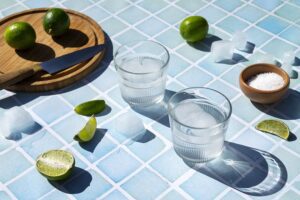
Several factors can affect the alcohol content in tequila, including the type of tequila and the production process.
- Type of Tequila
Blanco (Silver): Usually unaged, bottled immediately after distillation, or aged for a short period (less than two months). Blanco tequila generally has a high alcohol percentage, often around 40-50% ABV.
Reposado: Reposado Tequila undergoes aging in oak barrels for two months to a year. This process can subtly soften the alcohol content while typically maintaining around 40% ABV.
Añejo: Añejo Tequila is aged for one to three years in small oak barrels. This extended aging process can yield a smoother tequila, maintaining a consistent 40% ABV.
Extra Añejo: Aged for more than three years. The alcohol percentage in extra añejo tequila remains steady at around 40% ABV but offers a richer profile due to the prolonged aging.
- Production Process
Distillation: Tequila is distilled at least twice to achieve the desired alcohol concentration. The first distillation (known as “ordinario”) brings the alcohol content up to 20-25% ABV. The second distillation (called “rectificación”) increases the alcohol percentage to the desired level, usually around 55% ABV before dilution.
Dilution: After distillation, tequila is often diluted with water to reach the final alcohol content. For example, a tequila distilled to 55% ABV might be diluted to 40% ABV before bottling.
Comparing Tequila with Other Spirits
When discussing spirits, it’s common to compare tequila with other popular options such as rum, vodka, and whiskey. Here’s how tequila stacks up:
- Rum vs Tequila
Alcohol Content: Rum’s alcohol percentage is similar to tequila, typically around 40% ABV. Some overproof rums can exceed this, reaching up to 75% ABV.
Profile: Rum is made from sugarcane byproducts like molasses or sugarcane juice, offering a sweeter taste compared to the earthy and sometimes spicy notes of tequila.
Uses: Both are versatile in cocktails, but tequila is often preferred for margaritas and palomas, while rum is a staple in mojitos and piña coladas.
- Tequila or Vodka
Alcohol Content: Vodka also commonly has a 40% ABV, though it can range from 35% to 50% ABV.
Profile: Vodka is known for its neutral flavor, making it a flexible base for many cocktails. Tequila’s distinct taste can be more polarizing but adds character to drinks.
Uses: Vodka is popular in cocktails like the Moscow mule and Bloody Mary. Tequila’s unique taste makes it essential for tequila sunrises and tequila sours.
Tequila or Whiskey
Alcohol Content: Whiskey’s alcohol percentage is typically similar to tequila, around 40-50% ABV, depending on the type and brand.
Profile: Whiskey has a rich, robust taste with notes of caramel, vanilla, and oak, due to its aging process in wooden barrels. Tequila varies from earthy to sweet, influenced by the agave and aging process.
Uses: Whiskey is often enjoyed neat or on the rocks but is also popular in cocktails like the Old Fashioned and whiskey sour. Tequila is typically consumed in shots, neat, or in cocktails such as the margarita.
Making the Best Choice
When choosing between rum vs tequila, tequila or vodka, or tequila or whiskey, consider the occasion, your personal taste preferences, and the specific cocktail you plan to make. Tequila’s unique characteristics and traditional production methods offer a distinct experience that stands out among spirits.
Final Thoughts
Understanding the tequila alcohol percentage helps you appreciate this versatile spirit more fully. Whether you’re savoring a premium extra añejo or mixing a refreshing margarita, knowing the alcohol content and characteristics of organic tequila ensures you enjoy it responsibly and to the fullest.
If you’re ready to explore the world of tequila, don’t hesitate to Buy Now and experience the rich, diverse characteristics of this iconic Mexican spirit. For a top-notch experience, try AgaveLuz Organic Tequila—a choice that promises quality and authenticity in every sip.
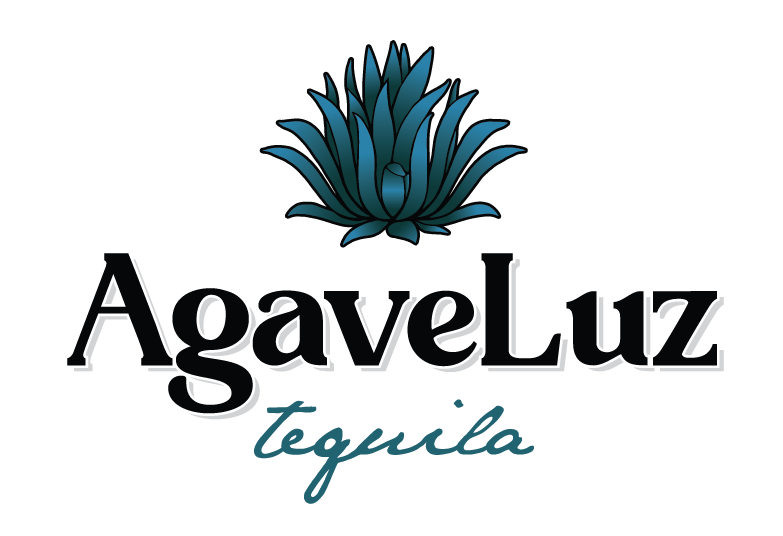
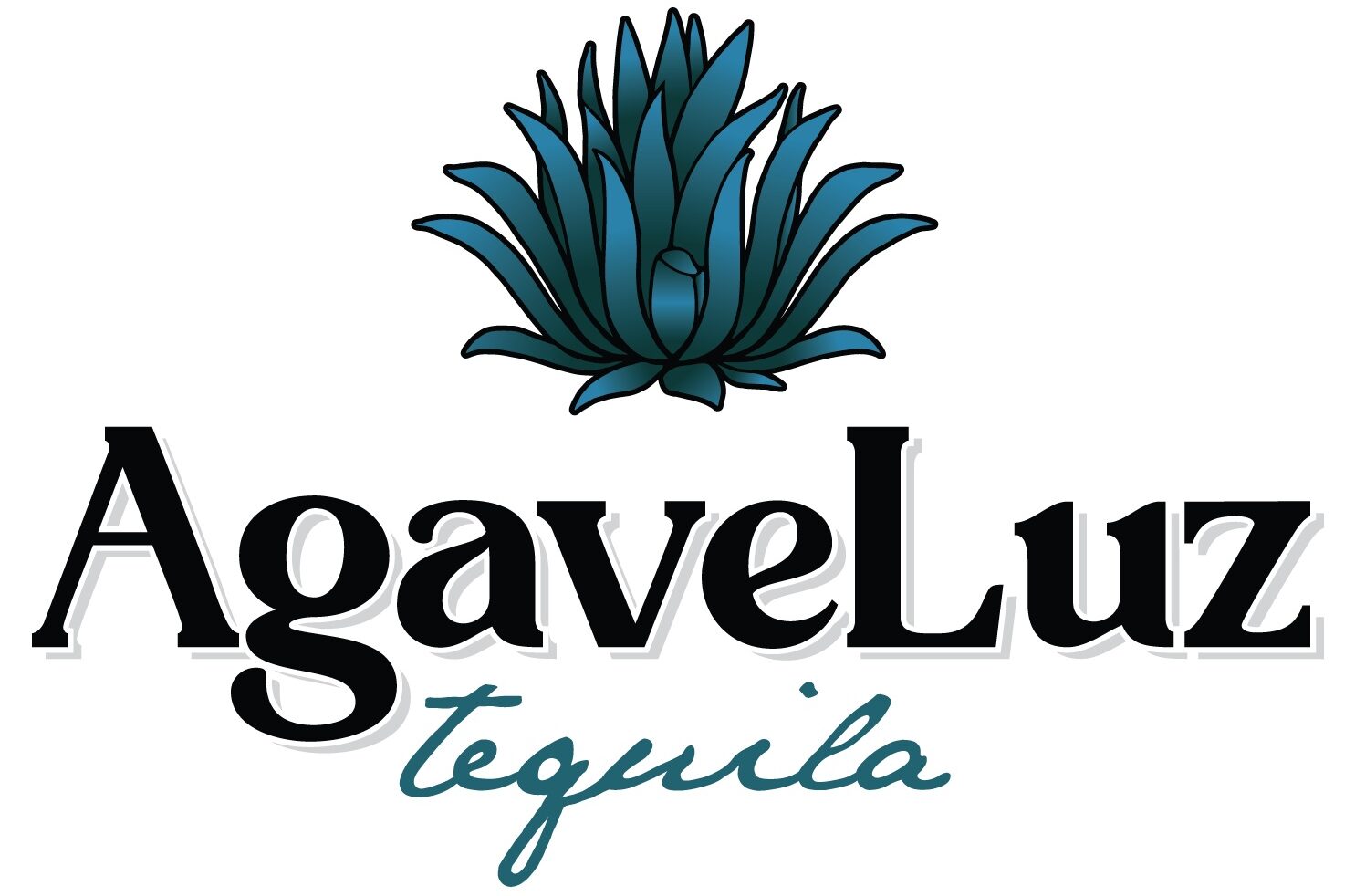
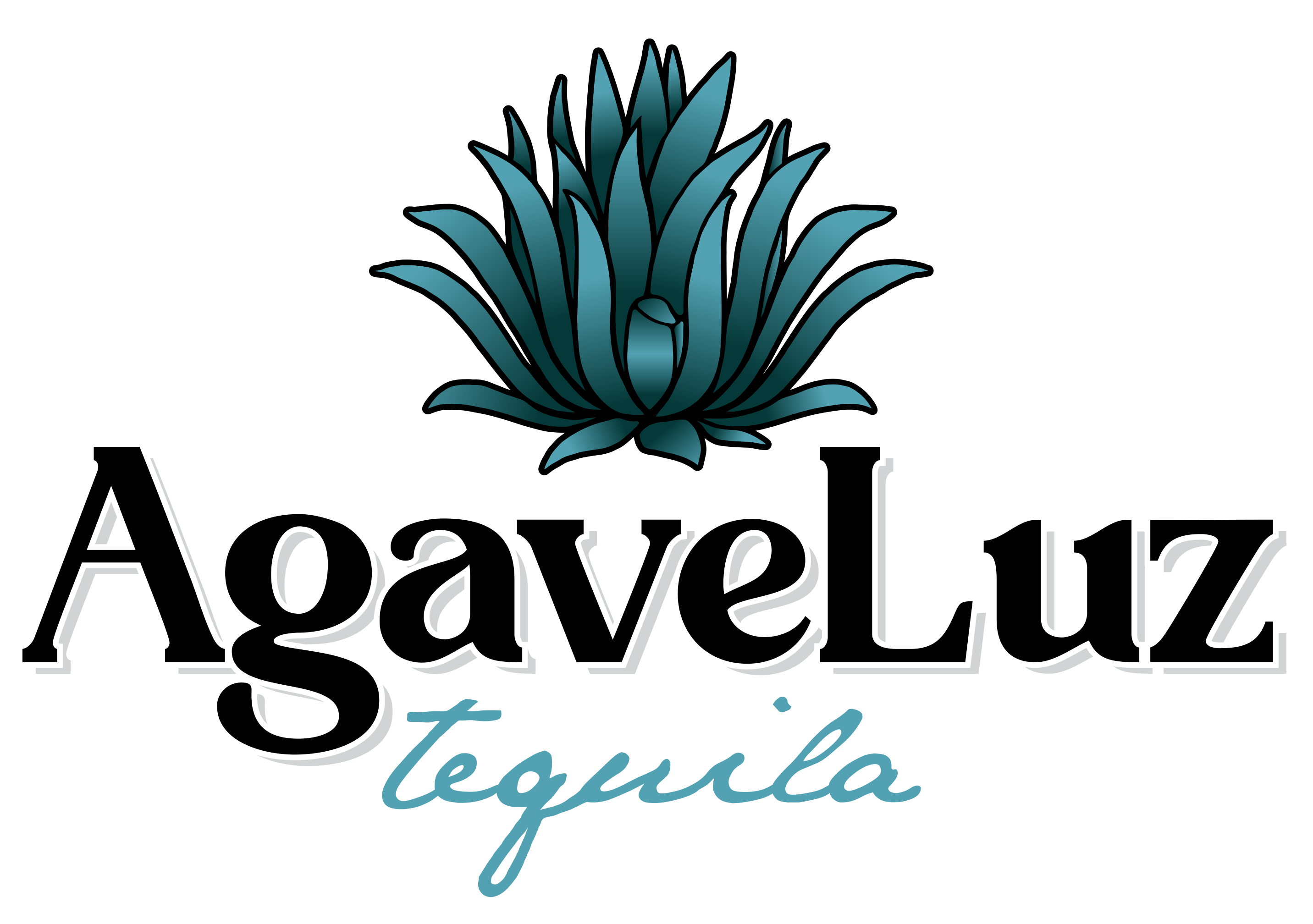
 Tequila or Whiskey
Tequila or Whiskey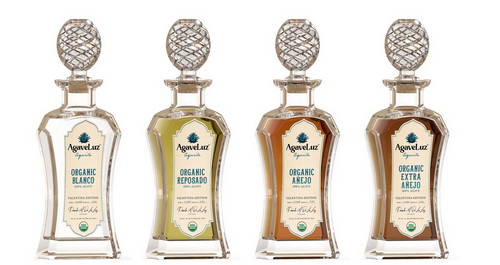















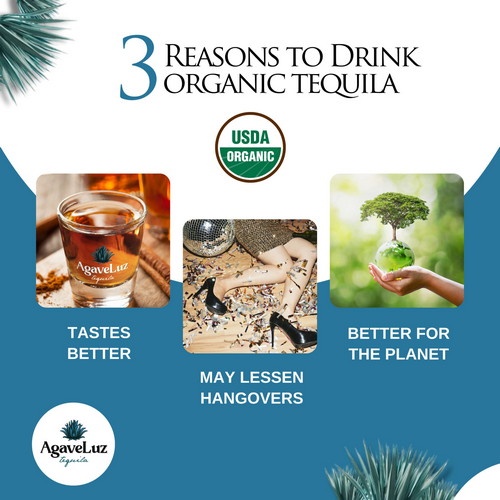
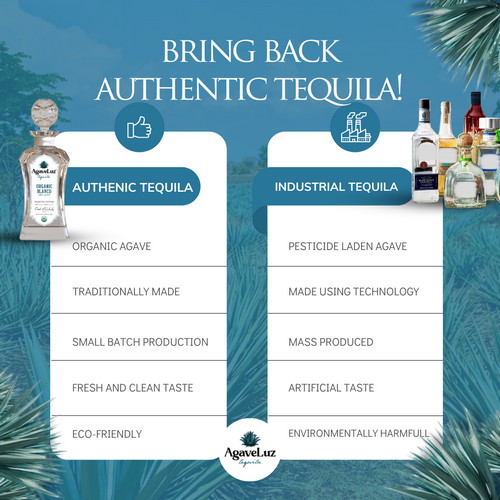

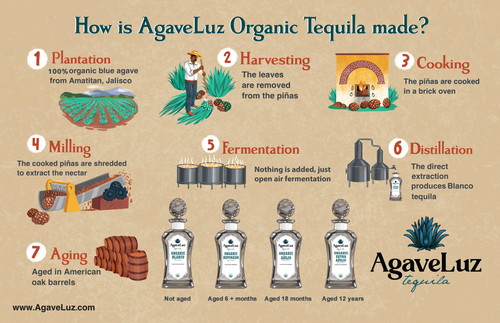

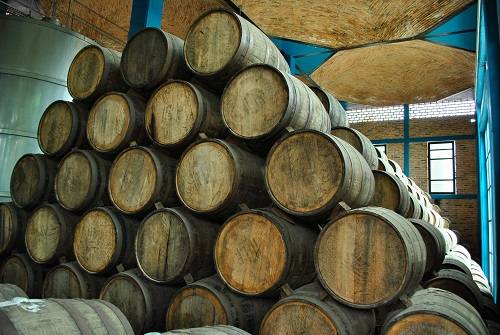

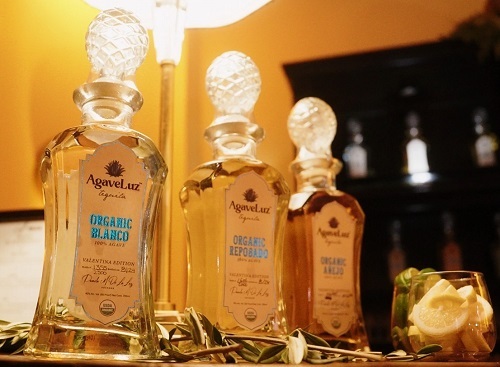

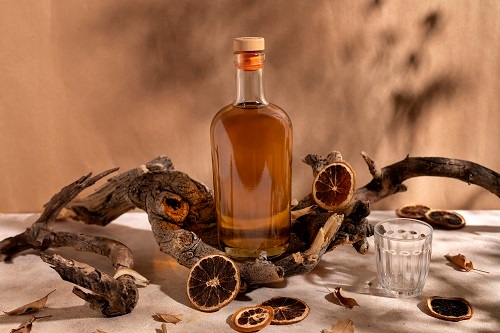
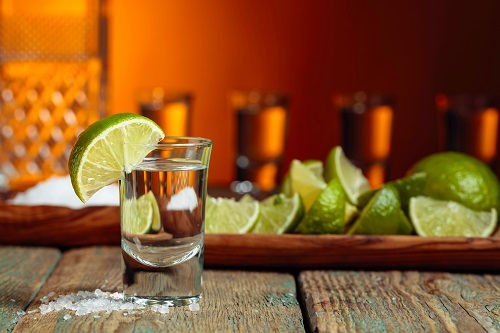
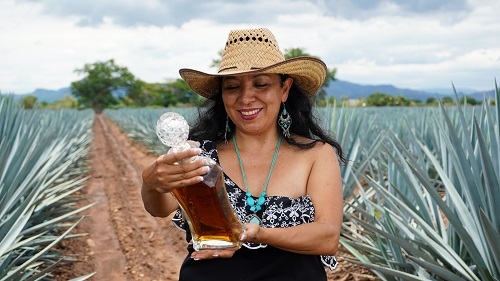
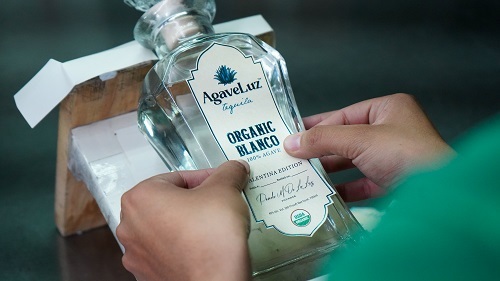
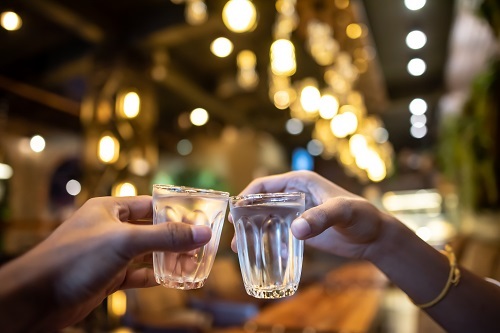


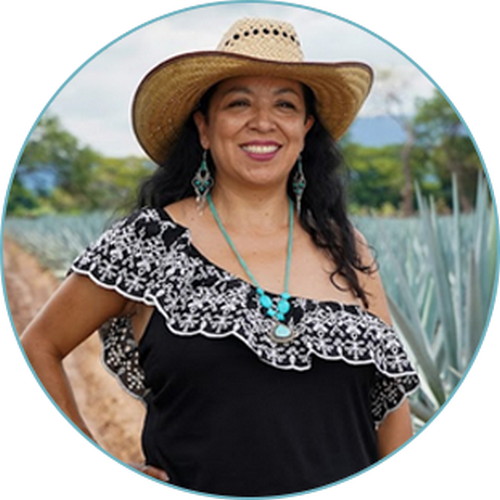


Post a Comment